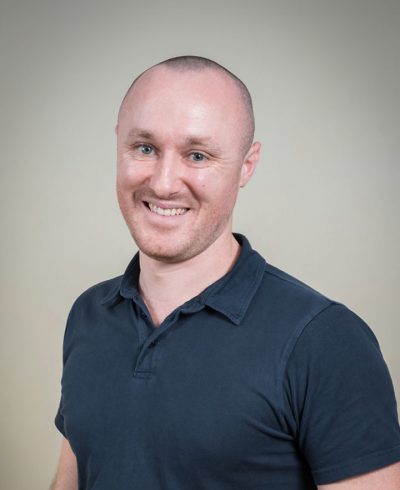Menai District Physiotherapy & Sports Injury Centre, Illawong NSW 2234

Peter Crowther
Principal Physiotherapist
BSc(ExSc) MPhty APAM
- office@menaidistrictphysio.com.au
Peter is Principal Physiotherapist of Menai District Physiotherapy & Sports Injury Centre (MDP), along with Andy Yan. He received the title ‘Master of Physiotherapy’ in 2006 from the University of Sydney and initially began working as a physiotherapist at The Sutherland Hospital, gaining experience in the orthopaedic, cardiopulmonary, neurological, rehabilitative, and intensive care sub-disciplines of physiotherapy.
Peter began working at MDP in 2008, under the mentoring of APA Sports Physiotherapist Rob Wallis. In 2014/15 he took some time off to complete his Bachelor of Theology (his other passion), but returned to the clinic at the end of 2015 as co-owner with Andy Yan.
Peter has again returned to study, currently undertaking a Masters of Sports Medicine through the University of Melbourne.
Peter is an experienced practitioner in the management of musculoskeletal and sports-related injuries. Prior to his physiotherapy training he attained his Bachelor of Science (Exercise Science) from the University of Wollongong, and he makes strong use of exercise prescription in the treatment of his patients. As an adjunct to his manual therapy skills Peter makes use of dry needling and he testifies to it being a powerful tool for improving mobility and motor control.
Peter is particularly interested in the management of dysfunction in both the thorax and the hip/pelvis and he has received additional training in these areas under internationally renowned physiotherapist, Dr Linda-Joy Lee. He has extensive experience in the management of dysfunction in the upper and lower limbs, as well as in the spine, trunk and core.
Peter strives to take a holistic approach to treatment, seeking to find the driver of a person’s presenting complaint, rather than simply treating the site of a person’s symptoms in isolation. Given the body’s ability to distribute shock throughout its kinetic chain, offloading force from one area to another, Peter strongly believes that poor biomechanics lies at the root of most mechanical problems and that successful treatment ultimately relies on the identification and treatment of a person’s primary biomechanical driver.
